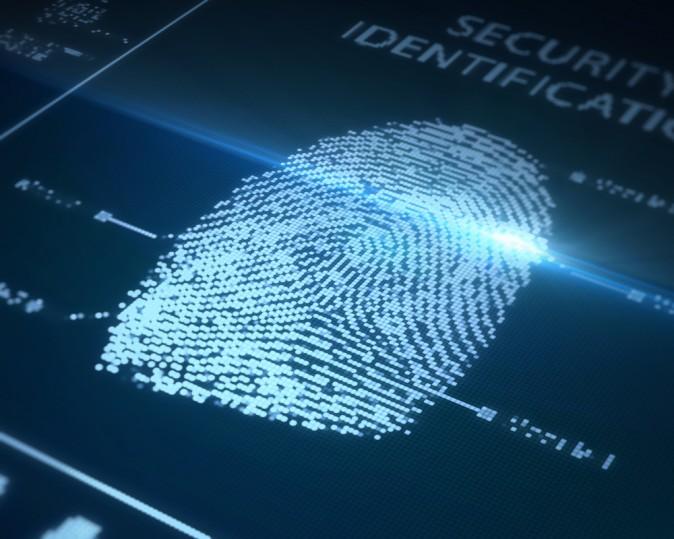By J. D. Heyes, contributing writer for Natural News
Fingerprint evidence has been an important aspect of crime fighting for more than a century because there was a basic assumption that every person has a unique set of prints. But one expert has recently said the belief that unique fingerprints can be identified quickly through a computer database is flawed, Britain’s Telegraph newspaper has reported.
Mike Silverman, who introduced the first automated fingerprint detection system to the London Metropolitan Police, says that human error, partial prints and false positives mean that fingerprint evidence is not as reliable as it was once thought to be.
In fact, the paper notes, no one has yet proven that fingerprints are indeed unique. Also, families can share elements of the same pattern.
As the Telegraph reported:
And there are other problems, such as scanning fingerprints of the elderly as their skin loses elasticity and in rare conditions leaves some people with smooth, featureless fingertips.
‘No Two Fingerprints [from the same person] Are Exactly Alike in Every Detail’
“Essentially you can’t prove that no two fingerprints are the same. It’s improbable, but so is winning the lottery, and people do that every week,” Silverman, a former British government Forensic Science Regulator, said.
“No two fingerprints are ever exactly alike in every detail, even two impressions recorded immediately after each other from the same finger,” he continued. “It requires an expert examiner to determine whether a print taken from crime scene and one taken from a subject are likely to have originated from the same finger.”
Nevertheless, he said, there are a number of cases in which innocent people have been wrongly accused based primarily on fingerprint evidence.
For example, the paper reported, Brandon Mayfield was wrongly linked to the Madrid train bombings in 2004 by FBI fingerprint experts in the U.S.
And Shirley McKie, a Scottish police officer, was wrongly accused of having been at a murder scene in 1997 after a print that was supposedly hers was found near the body.
“What both cases clearly demonstrate is that, despite the way fingerprint evidence is portrayed in the media, all comparisons ultimately involve some human element and, as a result, they are vulnerable to human error,” said Silverman, who has recently published his memoirs, Written in Blood, and now works as a private forensic consultant.
“And the fingerprint often isn’t perfect, particularly at a crime scene. It might be dirty or smudged. There are all sorts of things that reduce the accuracy,” Silverman added.
“I think it is important that juries are aware of this. Too often they see programmes like CSI and that raises their expectations. What you see on CSI or Silent Witness simply doesn’t exist.”
Unlike other forensic sciences like DNA analysis, which provides statistical probability of a match, fingerprint experts often testify that the evidence constitutes either a 100 percent certain match or 100 percent exclusion.
Previous studies have also shown that experts don’t always make the same judgment on whether a fingerprint matches one at a crime scene when given the same evidence twice. A Southampton University study found that two-thirds of experts who were unknowingly given the same sets of prints twice came to a different conclusion the second time around.
A Century’s Worth of Science
It was Scottish surgeon Dr Henry Faulds who first discovered that fingerprints might be useful for identification purposes. He published a paper in the journal Nature in 1880 and offered the idea to the Met Police, but at the time the force was not interested.
Undeterred, Dr Faulds approached Charles Darwin who passed the concept on to his cousin Francis Galton. Galton published a book on the forensic science of fingerprints and claimed that the chance of two people having the same prints was about one in 64 million.
Eventually, following Faulds’ work, the Fingerprint Bureau was founded at Scotland Yard in 1901, followed by the national Forensic Science Service later on, which provided services to all British law enforcement entities.
But in 2010, the forensic service was closed, and now work is performed by the private sector, though the Met Police recently re-established its own lab.




